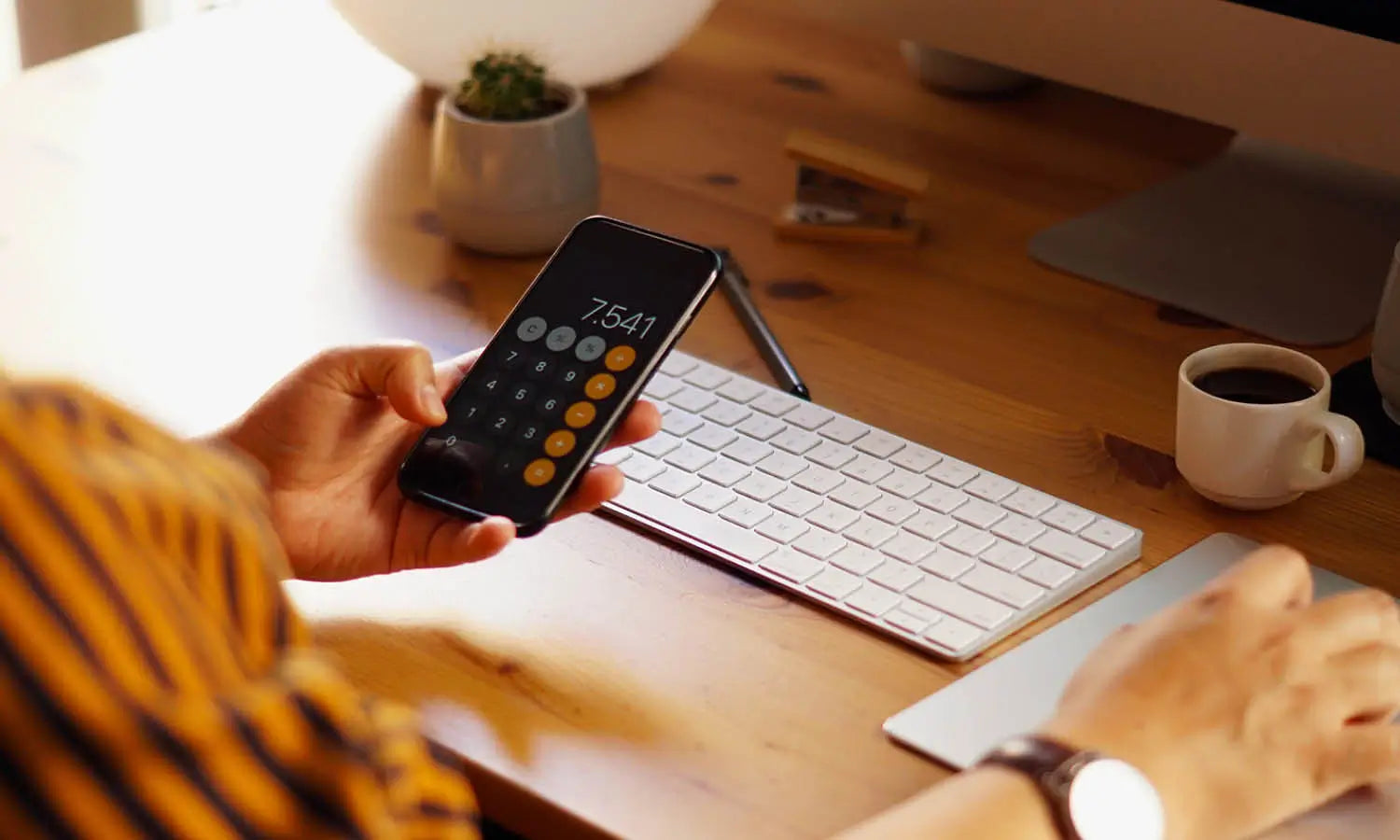How to Price Logo Design Reasonably

Pricing a logo design reasonably is essential for maintaining a competitive edge while ensuring fair compensation for your creative efforts. As a designer, determining the right price involves a nuanced understanding of various factors that influence the cost of logo creation. Whether you are a seasoned professional or just starting out, the challenge is to set a price that reflects the quality of your work, the depth of your experience, and the value you provide to your clients. In this article, we will explore critical aspects such as market rates, your skill level and experience, and the complexity of the project, which all play pivotal roles in shaping your pricing strategy.
By considering these elements, you can establish a pricing structure that not only attracts clients but also compensates you appropriately for your artistic input and the tangible impact your designs have on client businesses. Let's delve into how to price your logo design services reasonably and effectively, ensuring satisfaction for both you and your clients.
Understand the Market Rates
When determining how to price a logo design, understanding the market rates is crucial. This involves researching what other designers with similar skills and services are charging within your area or industry niche. Start by exploring popular design platforms, community forums, and local business listings to gather information on current pricing trends. This research helps ensure your rates are competitive yet fair, balancing your need for a viable income with market expectations.
Remember, while it's important to stay within market norms, your unique value proposition should also play a role in your final pricing decision. Assessing the market not only informs your pricing strategy but also positions you strategically among your peers, enabling you to justify your rates confidently to potential clients.
Assess Your Skill Level and Experience
Setting the right price for your logo design services also heavily depends on your skill level and professional experience. Beginners or those new to the design industry might start with lower rates to attract initial clients and build a portfolio. As you gain more experience, complete significant projects, and refine your skills, it’s appropriate to increase your rates accordingly. This reflects the enhanced quality and efficiency you bring to your projects.
When assessing your price points, consider the complexity of projects you have handled, client testimonials, and any specialized training or certifications you possess. Transparently communicating your qualifications and successful track record can justify higher fees, aligning the perceived value of your work with the actual price, thereby ensuring both client satisfaction and appropriate compensation for your expertise.
Consider the Client’s Business Size
When pricing logo design services, it's essential to consider the size of the client's business. Small businesses and startups often have limited budgets and may value cost-effective solutions. In contrast, larger enterprises may require a comprehensive branding package and can allocate a more substantial budget toward developing their visual identity. Tailoring your pricing to the client's business size can help you attract a broader clientele while ensuring that your services are accessible and reasonably priced. For small businesses, consider offering basic logo design packages that cover essential services at a lower cost.
For larger corporations, you can provide premium options that include extensive consultation, multiple design iterations, and full brand identity development. This approach not only makes your pricing strategy flexible but also aligns with the varying needs and financial capacities of different businesses. Additionally, being upfront about how business size impacts pricing can build trust and establish a transparent relationship with your clients, ensuring they feel valued and fairly treated no matter their size.

Analyze the Industry Standard
To price logo design effectively, one must analyze industry standards. This involves researching what other designers and design agencies are charging for similar services. Understanding the going rates helps establish a competitive yet fair price point that reflects the value of your work without underpricing or overpricing your services. Factors to consider include the depth of the design process, the experience level of the designer, the complexity of the client's requirements, and the geographical location.
Industry standards can vary significantly; thus, it's crucial to identify your niche within the market. Keeping abreast of these standards through continuous market research and networking with peers in the industry will enable you to adjust your pricing to stay competitive and relevant. This strategic approach not only enhances your marketability but also ensures that your pricing reflects the quality and scope of your logo design services.
Factor in the Complexity of the Design
The complexity of a logo design significantly influences its price. Simple designs often require less time and fewer resources, making them more affordable. However, complex logos, which may include multiple icons, customized fonts, or intricate patterns, demand a higher level of creativity and time investment. As a designer, assessing the design's complexity is crucial in setting a fair price. This evaluation should consider the number of revisions required, the variety of elements to be integrated, and the degree of customization needed to meet client expectations.
Additionally, complex designs often entail extensive research to ensure uniqueness and relevance in the target market, further justifying a higher price point. When pricing logo design, transparently communicate how design complexity affects costs. This transparency helps clients understand the value they receive and the craftsmanship behind their logo.
Calculate the Time Investment
Accurately estimating the time investment for logo design is essential for reasonable pricing. The duration it takes to complete a project should directly influence the cost. Start by evaluating previous projects to determine an average time spent on tasks such as concept development, client communication, actual design work, and revisions. This historical data can serve as a baseline for future estimates. When setting prices, consider all phases of the design process, from preliminary sketches to final adjustments.
An hourly rate may be appropriate for projects where the time investment is unclear, whereas a flat rate could be better for more predictable designs. It’s important to be transparent with clients about how you calculate time investment and how this translates into the final pricing. This clarity helps manage client expectations and avoids disputes over costs. By meticulously tracking your time, you can refine your pricing strategy over time, ensuring it accurately reflects the effort and value you provide.
Include Revisions in Your Pricing
Including revisions in your pricing structure is crucial for managing both client expectations and your workload. Clearly state how many rounds of revisions are covered under the initial price of a logo design project. This transparency helps prevent scope creep and ensures clients are aware of potential additional costs if their requests exceed the agreed number of revisions. For instance, your base price might include up to three revisions, with each additional revision billed at a predetermined rate.
This policy encourages clients to provide comprehensive feedback during each revision phase and to be decisive with their changes, optimizing both time and resources. Additionally, defining revision limits upfront can enhance the efficiency of the design process by setting clear boundaries and milestones. It also fosters a professional relationship based on mutual respect for time and expertise.
Consider offering a detailed revision policy as part of your client contracts to ensure all parties are aligned from the start of the project, thus reducing misunderstandings and fostering a smoother workflow.

Charge for Consultation and Research
When pricing logo design, it is crucial to account for the time and expertise involved in consultation and research. This preliminary phase is integral as it lays the groundwork for a successful design that aligns with the client’s brand identity and market position. Charging for this initial consultation recognizes the value of the strategic planning and research that goes into understanding the client's industry, target audience, and competition.
Establish a fee structure for these services separate from the actual design work. For instance, offer a consultation package that includes market analysis, competitive review, and client brainstorming sessions. This fee can be structured as a flat rate or as part of an hourly rate depending on the depth of research required. By monetizing the consultation phase, you emphasize the importance of a thoughtful, informed approach to design.
This not only sets professional boundaries but also highlights your expertise and the comprehensive nature of your service, ensuring clients appreciate the full scope of your work from the outset.
Consider the Usage Rights
In pricing logo design, it is imperative to consider the scope of usage rights being transferred to the client. The broader the usage rights, the higher the price should be. For instance, a logo intended for use only in local markets may cost less than one that will be used globally on multiple platforms and in various media types. When setting your rates, differentiate between limited use rights, which might include restrictions on geographical area, type of media, or duration of use, and full exclusive rights, which grant the client complete control over the logo without any limitations.
These distinctions should be reflected in the pricing structure. By doing so, you ensure that clients are aware of what they are paying for and avoid future conflicts over copyright issues. Charging appropriately for usage rights not only protects your work but also ensures that the client values the design as a key asset of their branding strategy.
Provide Clear Contracts
Providing clear, comprehensive contracts is crucial in the pricing strategy for logo design services. A well-drafted contract should outline all terms and conditions of the design engagement, including scope of work, pricing, payment terms, timelines, deliverables, and revision policies. Additionally, it should clearly state the rights transferred upon completion, whether they are exclusive or non-exclusive, and any usage limitations.
This level of transparency helps manage client expectations and protects both parties in case of disputes. By detailing every aspect of the service provision in the contract, you ensure there are no surprises, which builds client trust and confidence. It also professionalizes the transaction, reinforcing your credibility as a designer.
A thorough contract not only safeguards your business interests but also demonstrates your commitment to providing value, thereby justifying your pricing and fostering long-term client relationships.
Conclusion
Pricing your logo design services requires a balanced approach that considers market dynamics, your professional expertise, and the specific needs of your clients. By carefully evaluating these factors, you can develop a pricing strategy that is both competitive and fair. Remember, transparent communication about your pricing rationale builds trust and sets clear expectations with clients. Ultimately, your goal is to ensure that the price of your logo design not only reflects your creative input and expertise but also aligns with the value it brings to your clients’ businesses, fostering lasting professional relationships.
Let Us Know What You Think!
Every information you read here are written and curated by Kreafolk's team, carefully pieced together with our creative community in mind. Did you enjoy our contents? Leave a comment below and share your thoughts. Cheers to more creative articles and inspirations!
















Leave a Comment